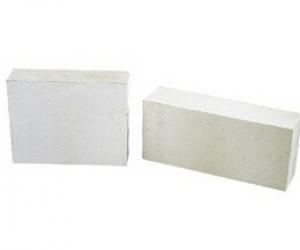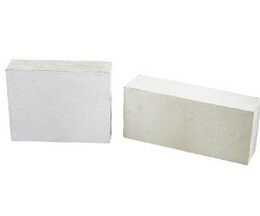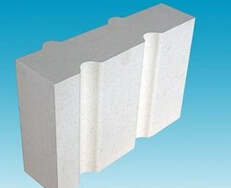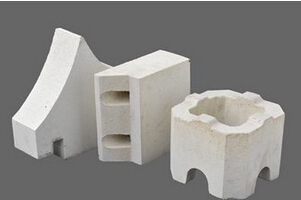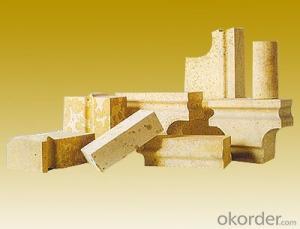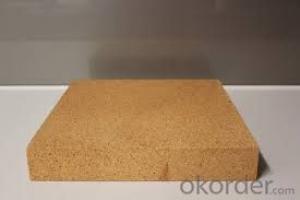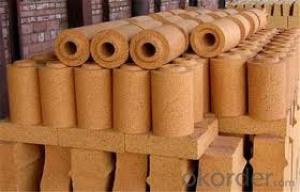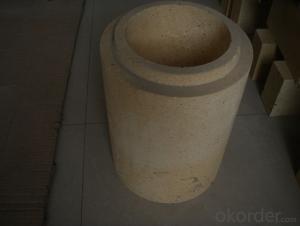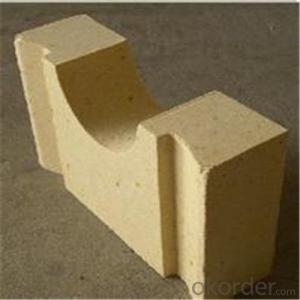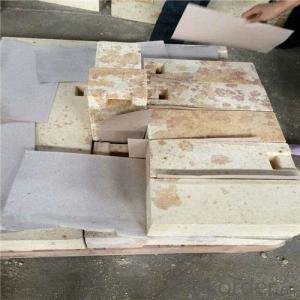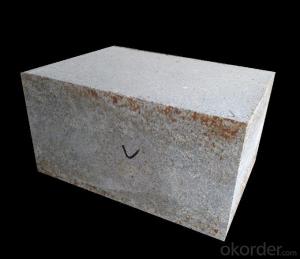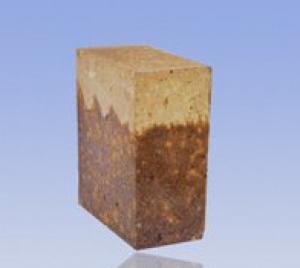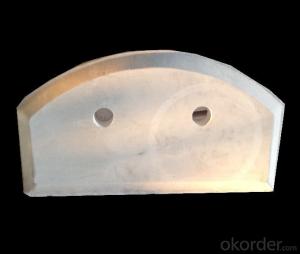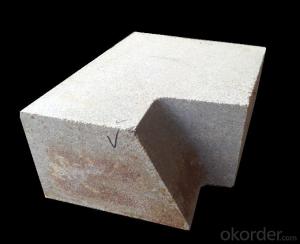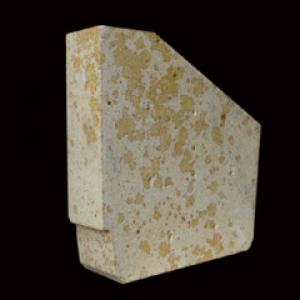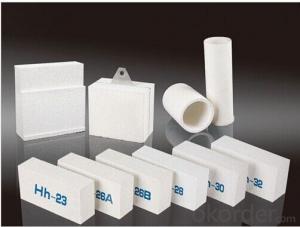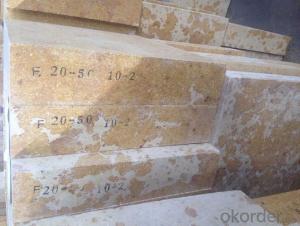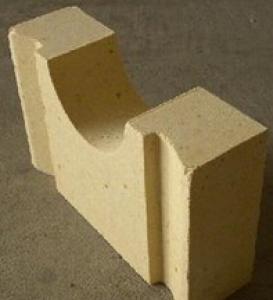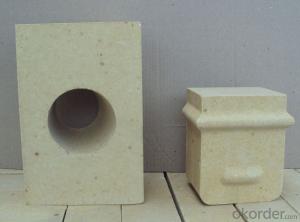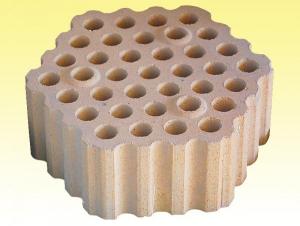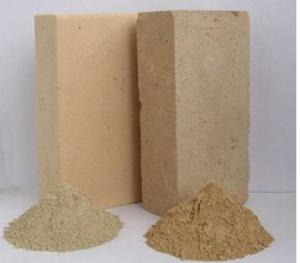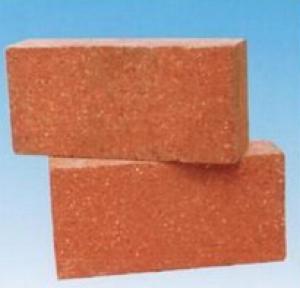Mullite Silica Brick
- Loading Port:
- China Main Port
- Payment Terms:
- TT OR LC
- Min Order Qty:
- -
- Supply Capability:
- -
OKorder Service Pledge
OKorder Financial Service
You Might Also Like
Specifications
Mullite Brick(lightweight refractory brick )
1.Classification tempe: 1300~1600C
2.Density:600~1100kg/m3
3.Size:230x114x64mm
Mullite Brick is made from high-grade and high purity refractory powders and materials. During the process of production, organic and multiple filling materials are injected accoridng to the required proportion. LUYANG mullite brick is compressed in vacuum and sintered under high temperature.
Application
Lining and back lining of various furnaces in the industry of metallurgy,petrochemical,ceramics,machinery and building materials.For instance:
the cracking furnace,conversion furnace, heating equipment,refining equipment,reproduction equipment,hot blast stove,heating furnace, tunnel kiln,shuttle kiln,glass-pool kiln,tec
Standard Specification
Grade: 23,26,28,30,32
Classification temperature:1300/1400/1500/1550/1600
Size: 230x114x65mm
Density: 600-1100kg/m3
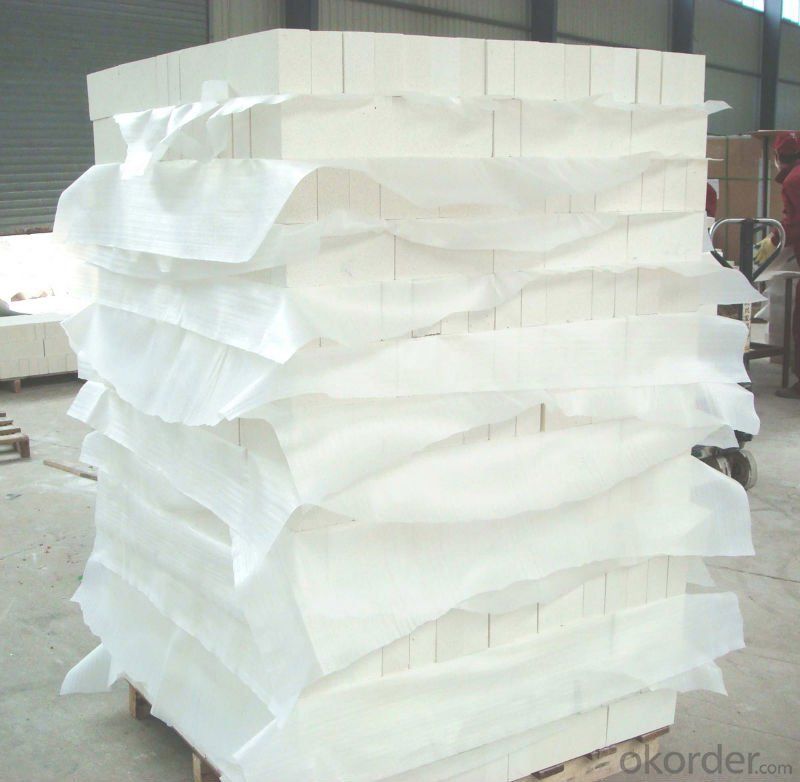
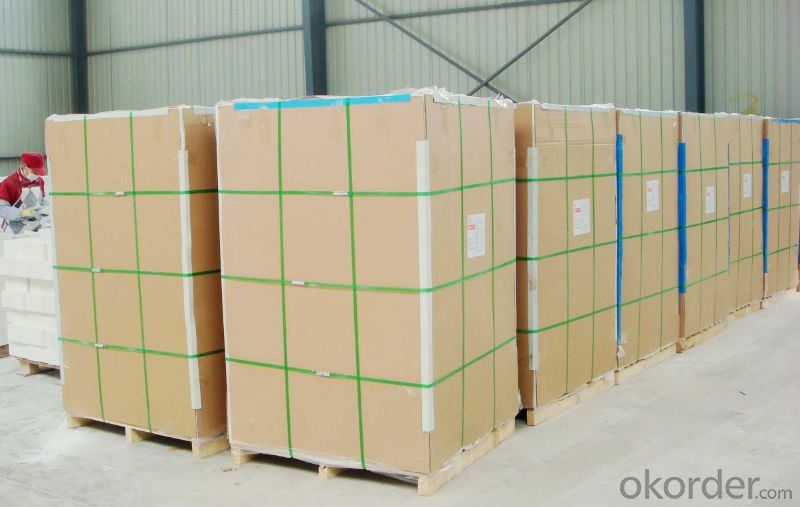
- Q: The introduction of silica brick
- The silica mineral phase is mainly composed of tridymite and cristobalite, there is a small amount of quartz and glass
- Q: Because of the recent relates to this industry, by way of learning to name for all raw materials, I hope knowledgeable friends exhibitions, thank you.
- Classification of chemical components of refractory materialsAccording to the chemical characteristics of refractory raw materials can be divided into acidic refractory materials, such as silica, zircon etc.; neutral refractory raw material, such as corundum, bauxite, mullite (acidic) (acidic), Ge (alkaline) iron and graphite; alkaline refractory materials, such as magnesite, dolomite, magnesium sand calcium sand.
- Q: Why will expand when heated brick
- In the process of SiO2 drying, the four crystalline transformation points of 117, 163, 180~270 and 573 DEG C are found, among which the volume expansion caused by the 180~270 is the largest.
- Q: What is the effect of the content of silicon nitride in silicon nitride bonded silicon carbide brick on the use of electrobath? Thank you
- Small fluctuations in the chemical composition do not have a significant effect on use. The key is the operation of the electrolyzer in production to determine whether the side wall will be damaged.
- Q: Semisilica brick, clay brick, high alumina brick and what is the difference?
- This is a kind of refractory material is divided into three types: semisilica brick (A12O315 ~ 30%), clay brick (A12O330 ~ 48%), high aluminum brick (A12O3>48%).
- Q: What role does silica play in refractories?
- Low fractory refers to the alumina content between 10%~30%, SiO2 content is less than 85%, semisilica brick SiO2 = 65%,The SiO2 content of not less than 93%, refractory material to natural quartz rock as the main raw materials are called silica, silica brick, silica brick, quartz glass and special products. China's literature generally put this type of product is called "siliceous refractory products", which is the most important brick.
- Q: The United States of our brick anti-dumping duties?
- At present of our brick anti-dumping rate is 73.10%
- Q: What is the silica refractory products?
- Refractory brick with silica content greater than 90%.
- Q: Why in the production of the brick to detect the volume density
- Fast density test, please consult an instrument.
- Q: High temperature refractory material?
- Special materials often use AZS brick (i.e. corundum brick), corundum brick, magnesia chrome bricks, silicon carbide, silicon nitride bonded silicon carbide, nitrides, silicides, sulfide, boride, carbide and other non oxide refractory materials; calcium oxide, chromium oxide, alumina, Magnesium Oxide, beryllium and other refractory materials. Insulation refractories are often used diatomite products, asbestos products, insulation board. Unshaped refractories are often used refractory castable, refractory clay, refractory ramming material, refractory plastic and fettling material, fire resistance, gunning, refractory cast material, fireproof coating, lightweight refractory castable, gun mud.
Send your message to us
Mullite Silica Brick
- Loading Port:
- China Main Port
- Payment Terms:
- TT OR LC
- Min Order Qty:
- -
- Supply Capability:
- -
OKorder Service Pledge
OKorder Financial Service
Similar products
Hot products
Hot Searches
